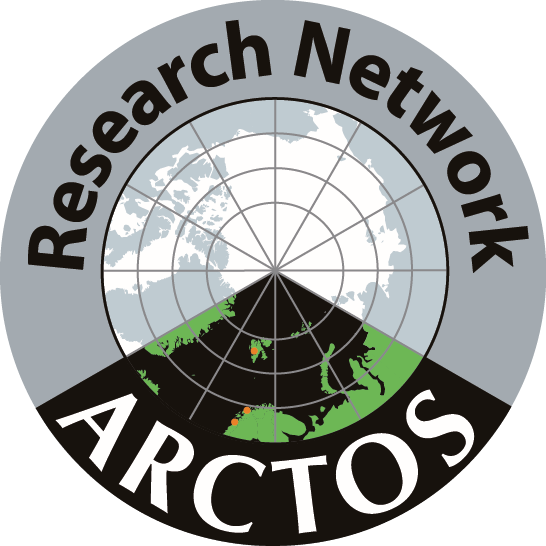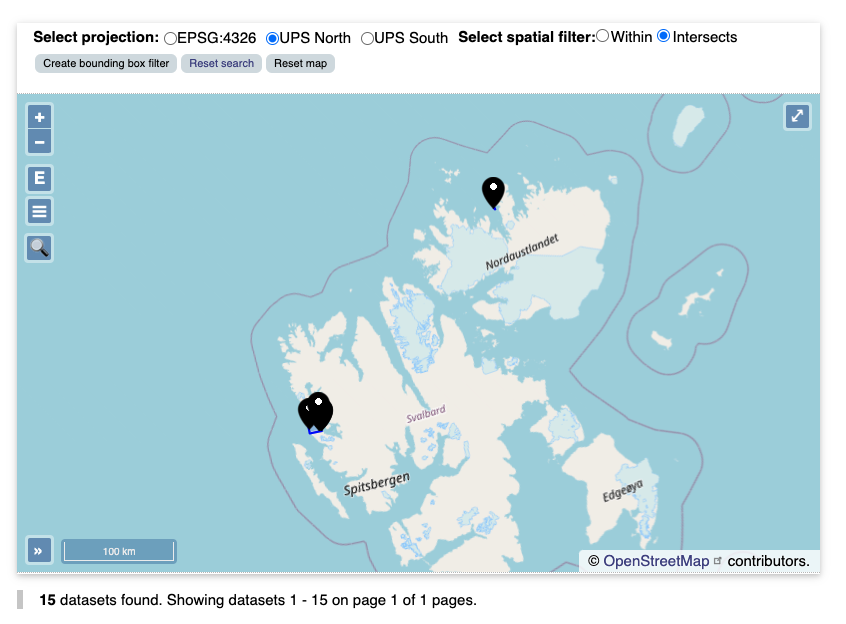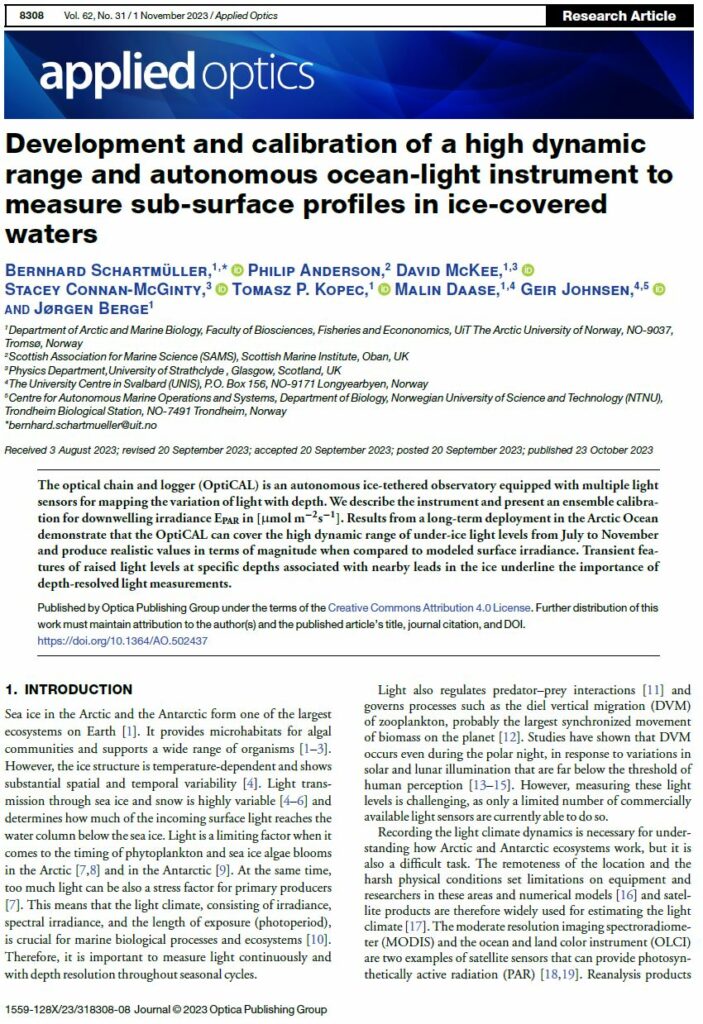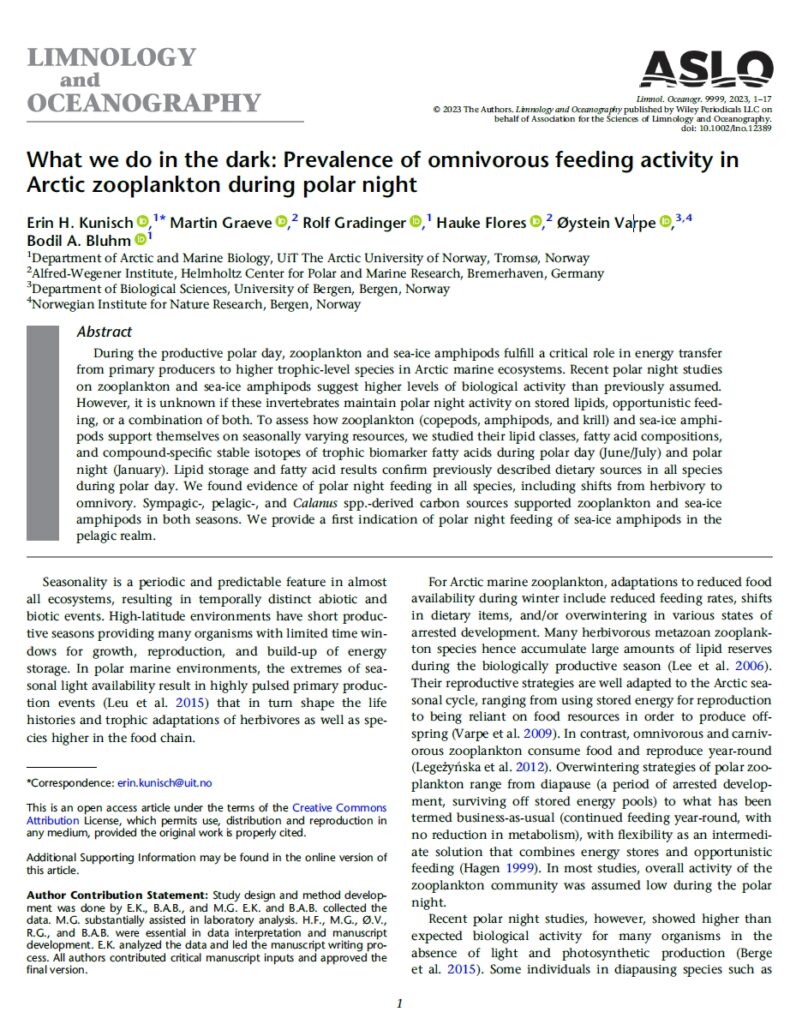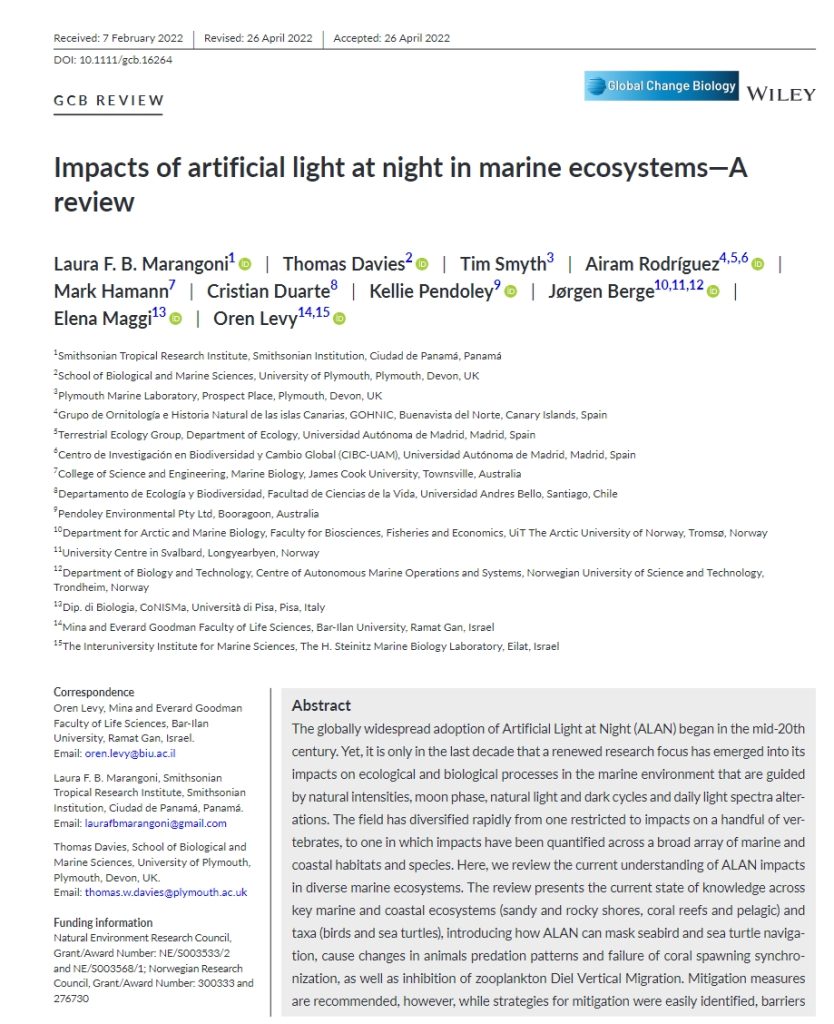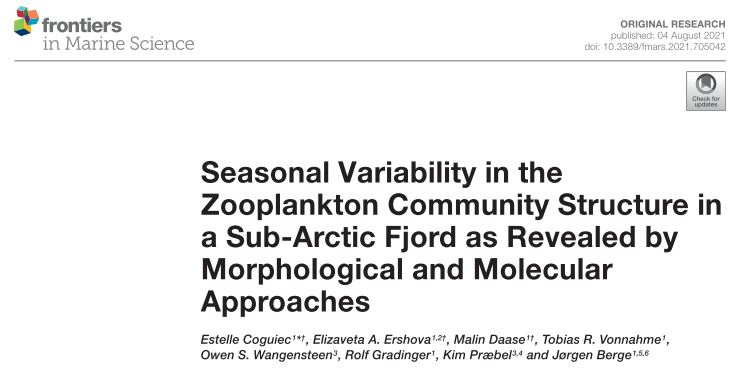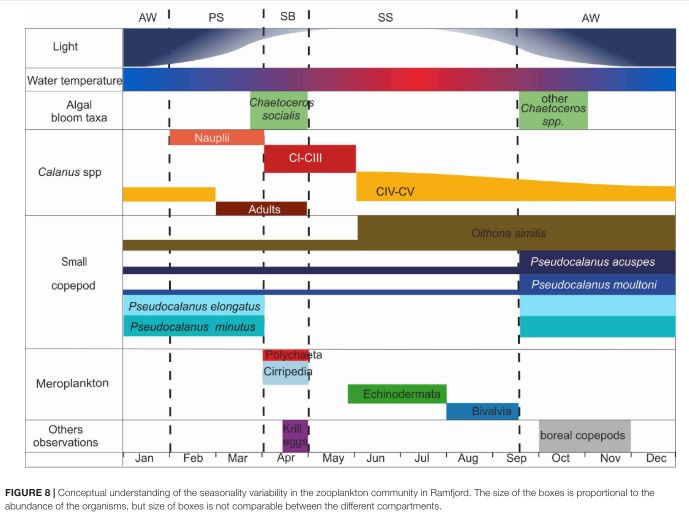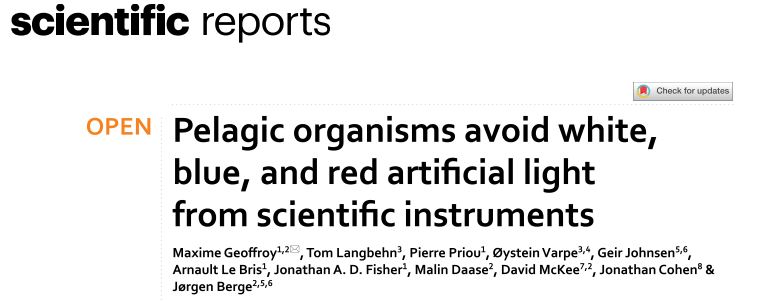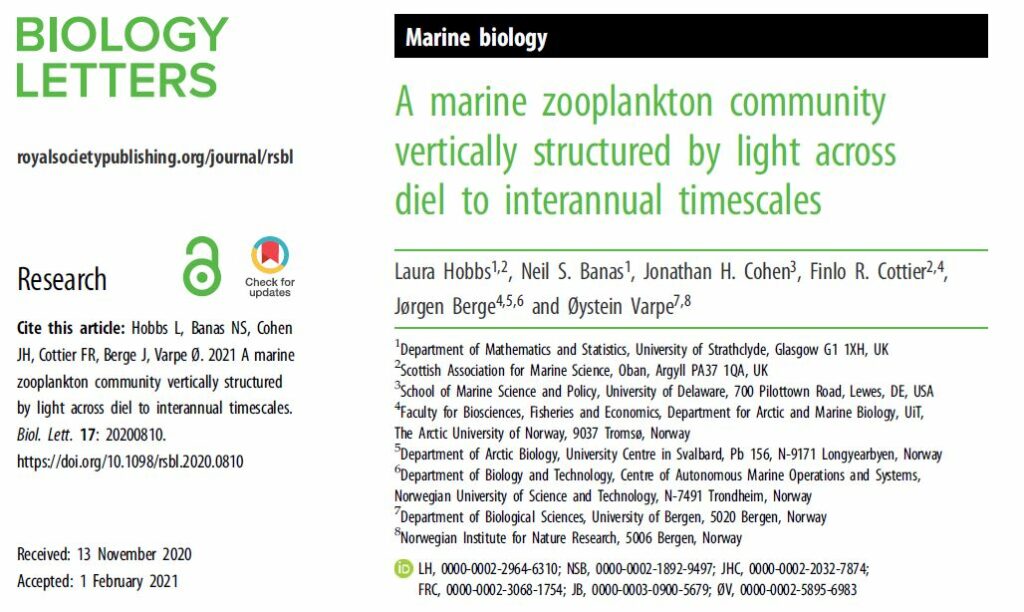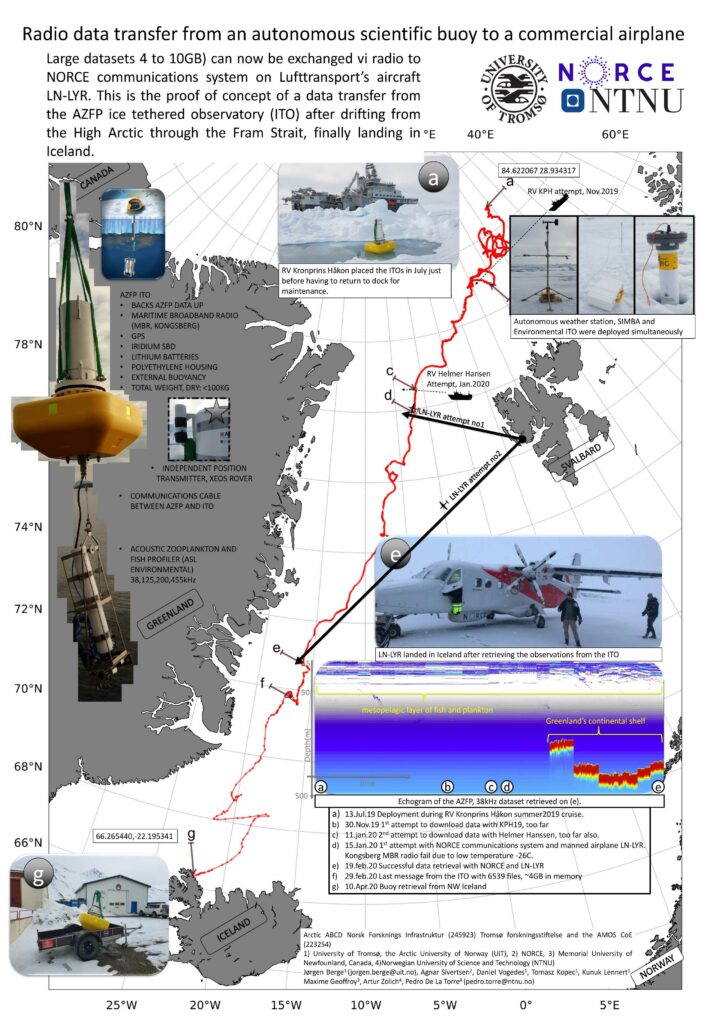Welcome to Mare Incognitum!
Mare Incognitum is maintained by researchers at the Institute for Arctic and Marine Biology at UiT The Arctic University of Norway. Mare Incognitum provides a platform to showcase ongoing and recently finished projects dealing with different aspects of Arctic marine ecology lead by researchers at UiT, colleagues within the ARCTOS network as well as international partners. Mare Incognitum also showcases infrastructure such as the Kongsfjorden and Rijpfjorden Observatory Program (KROP) and the ArcLight observatory in Ny-Ålesund.
What is happening?
17-31 March 2025
Second OpKROP field campaign in Ny-Ålesund
The OpKROP team is in Ny-Ålesund for the spring campaign. Read more on the field blog.

6-20 January 2025
OpKROP field campaign in Ny-Ålesund
OpKROP did conducted the first of 4 seasonal surveys in Kongsfjorden from 6-20 January 2025.
Based in Ny-Ålesund, UiTs unmanned surface vehicle “Apherusa” was deployed to survey the distribution of zooplankton and fish between the mooring site and the inner part of Kongsfjorden. At the same time, the team measured optical properties of the water column and sampled zooplankton using Kings Bay’s small vessel “Teisten”.
Read more in our field blog
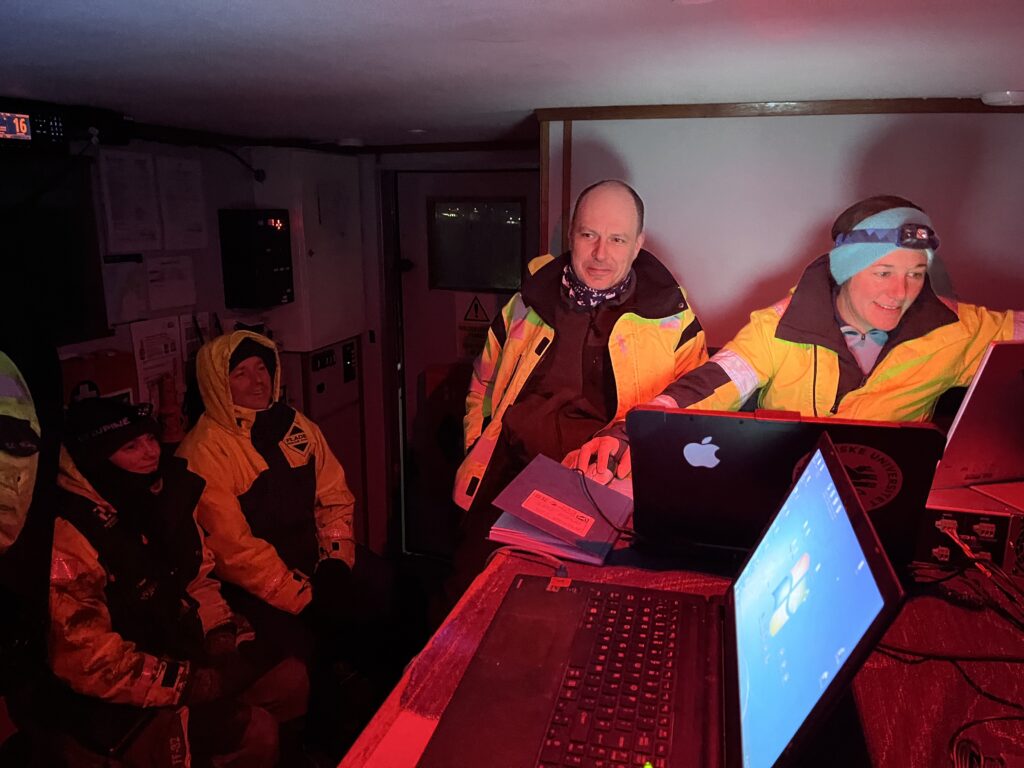
12 November 2024
All Kongsfjorden & Rijpfjorden mooring CTD data published
It’s been a long and rocky road, but finally, we are there: All mooring CTD data from Kongsfjorden and Rijpfjorden have been published as of this week! Kongsfjorden data span from 2002 to 2024, and Rijpfjorden from 2006 to 2024. All data are DOI-ed and OA, ready to be used by anyone. Thank you to everyone who participated in this effort (SAMS, IMR, NPI, Met.no, NIRD). Head over to the data portal section for a complete list of direct links, or to the SIOS data portal for a more interactive exploration of the metadata (and download options).
25 October 2023
Mare moved to Mastodon - Goodbye Twitter/X
We don’t need to discuss the downfall of what once used to be Twitter in any great detail here, there is plenty of discussion on that subject out there on the Internet. But in short, following Twitters commercialization and radicalisation, we have made the move to Mastodon. Follow us on Mastodon at:
https://mastodon.education/@mare_incognitum
Learn more about Mastodon here: https://joinmastodon.org/
Accounts are easy to set up, free of charge, and the decentralized network is not owned by anyone.
24 October 2023
New paper -
Optical chain and logger (OptiCal)
The optical chain and logger (OptiCal) was specially designed to provided light measurements from under the ice as part of the ice tethered observatories (ITOs) that were developed through the Arctic ABC project. In this article in Applied Optics, UiT PhD candidate Bernhard Schartmüller together with Phil Anderson from SAMS and the Arctic ABC team, describe the OptiCal and present an ensemble calibration for downwelling irradiance. The OptiCal has been deployed with all our ITO drifts so far, and the article includes results from the 2019-2020 deployment in the Arctic Ocean, demonstrating its ability to cover the high dynamic range of under-ice light levels from July to November and produce realistic values in terms of magnitude when compared to modeled surface irradiance.
Find the PDF here

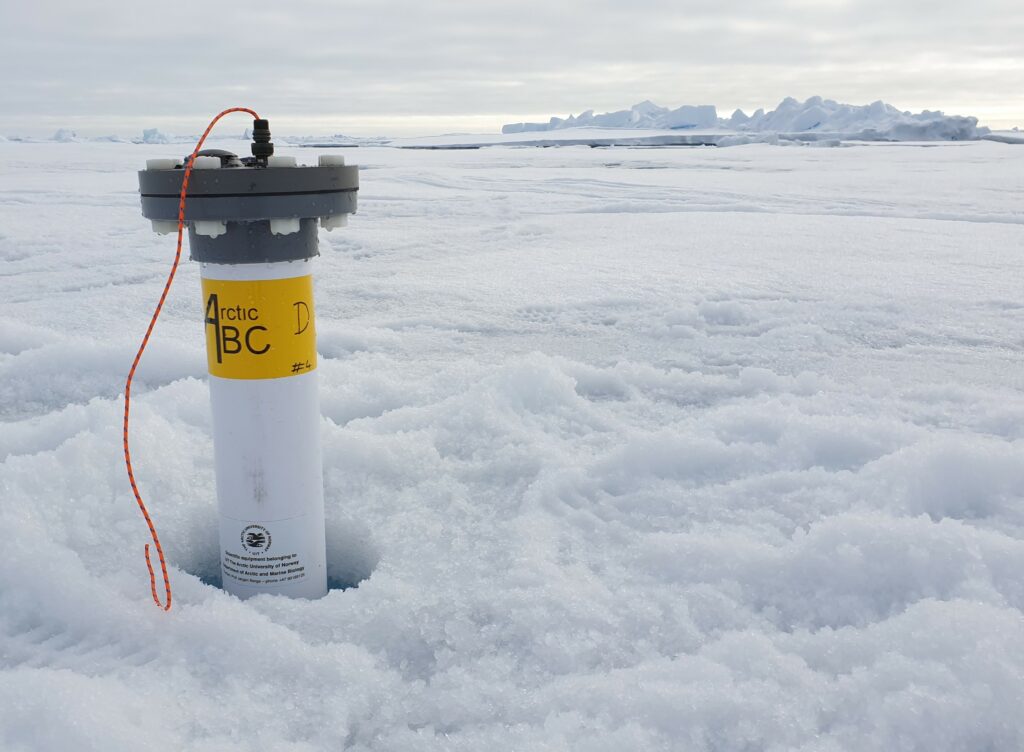
New project funded!
This summer we got good news from the Research Council of Norway (RCN): we got funding for a new project “Optimisation of the Kongsfjorden Rijpfjorden Monitoring Program” (OpKROP)! Funding is provided through RCNs Polar Program, specifically by the call for “Svalbard in a pan-Arctic context”.
One of the longest marine time series in Arctic waters is the Kongsfjorden Rijpfjorden Observatory Program (KROP), established by UiT, UNIS and SAMS. KROP has been monitoring the marine environment in the Atlantic-influenced Kongsfjorden and the Arctic Rijpfjorden for almost 20 years by maintaining an underwater observatory in both fjords. OpKROP will enable us to synthesize and assess the data collected by KROP to document physical changes and biological response in the two contrasting fjords to gain new insights into the drivers and effects of Atlantification on fjord hydrography, community structure, zooplankton behaviour, and vertical flux. We will also conduct new comprehensive surveys of Kongsfjorden using UiTs unmanned surface vehicle. Combining historical data with new observations will result in a detailed understanding of these fjords as it relates to Atlantification. OpKROP will determine if the processes observed in Svalbard fjords are representative of all fjords, the Svalbard region, and the larger Arctic Ocean. Furthermore, OpKROP will to develop sound, reproducible protocols and a detailed data management plan and develop a long-term plan to ensure the continuation of this valuable time series.
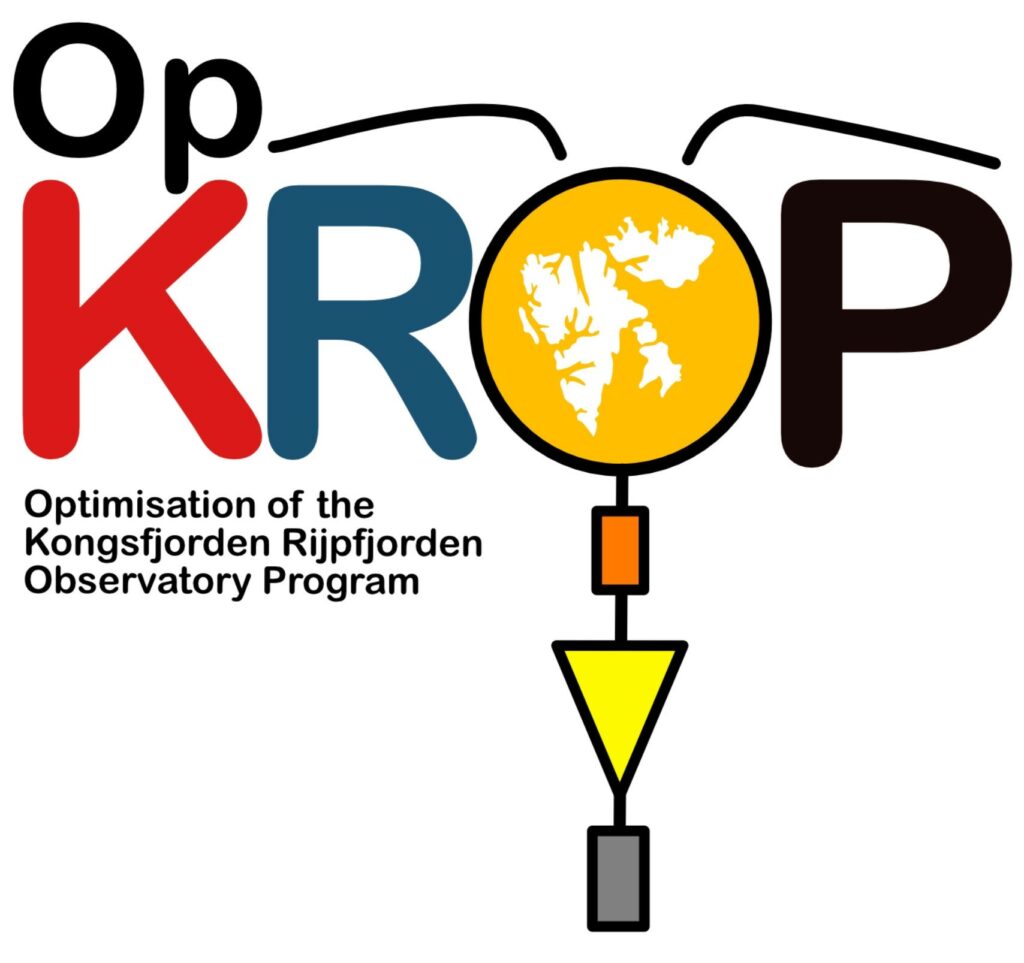
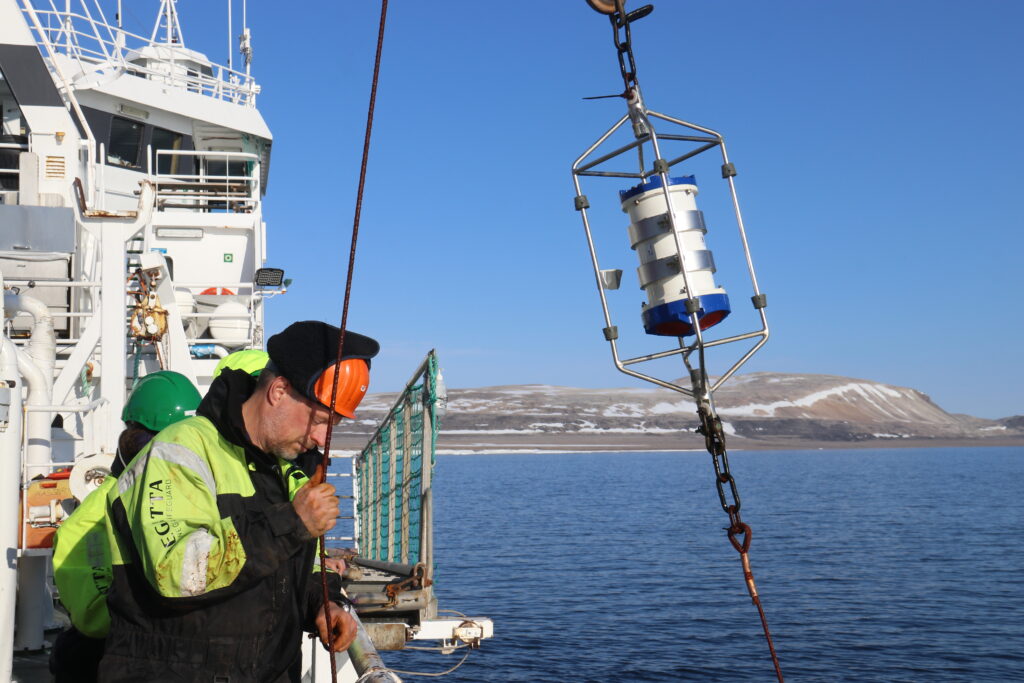
July 2023
New insight into life in the dark
A new paper by Erin Kunisch et al. has just been published, providing intriguing insights into Arctic marine ecosystems. During the polar day, zooplankton and sea-ice amphipods are critical for energy transfer, exhibiting higher biological activity in polar night than initially thought. It’s still uncertain how these invertebrates sustain this activity, whether via stored lipids, opportunistic feeding, or both. Kunisch and team examined their lipid classes, fatty acid compositions, and trophic biomarker fatty acids to understand their seasonal resource dependence. The findings confirmed known dietary sources during the polar day, and for the first time, showed evidence of polar night feeding in all species, including a dietary shift from herbivory to omnivory. This research illuminates how various carbon sources support marine life throughout the polar day and night.
Find the PDF here.
August 2022
Review paper on Artifical Light at Night (ALAN)
New paper on the importance of light pollution and ALAN: The globally widespread adoption of Artificial Light at Night (ALAN) began in the mid-20th century. Yet, it is only in the last decade that a renewed research focus has emerged into its impacts on ecological and biological processes in the marine environment that are guided by natural intensities, moon phase, natural light and dark cycles and daily light spectra alterations. The field has diversified rapidly from one restricted to impacts on a handful of vertebrates, to one in which impacts have been quantified across a broad array of marine and coastal habitats and species. In this review the current understanding of ALAN impacts in diverse marine ecosystems are summarized, and important knowledge gaps highlighted.
August 2021
The Special Cruise (for special people)
UiT kindly offered us extra ship time to service the moorings in Kongsfjorden and Rijpfjorden prior to the UNIS cruise, when we usually do this work. Thus, The Special Cruise took place from 18-30 August 2021. Due to the short notice and the need to either quarantine or be fully vaccinated, only five scientific staff participated, joining at different parts of the cruise.
The main objective of the cruise was the recovery and re-deployment of moorings in Kongsfjorden and Rijpfjorden. In addition, water samples and zooplankton samples were taken at standard stations in Isfjorden, Kongsfjorden, Rijpfjorden and Smeerenburgfjorden, and we took the opportunity to explore the zooplankton community in Wijdefjorden.
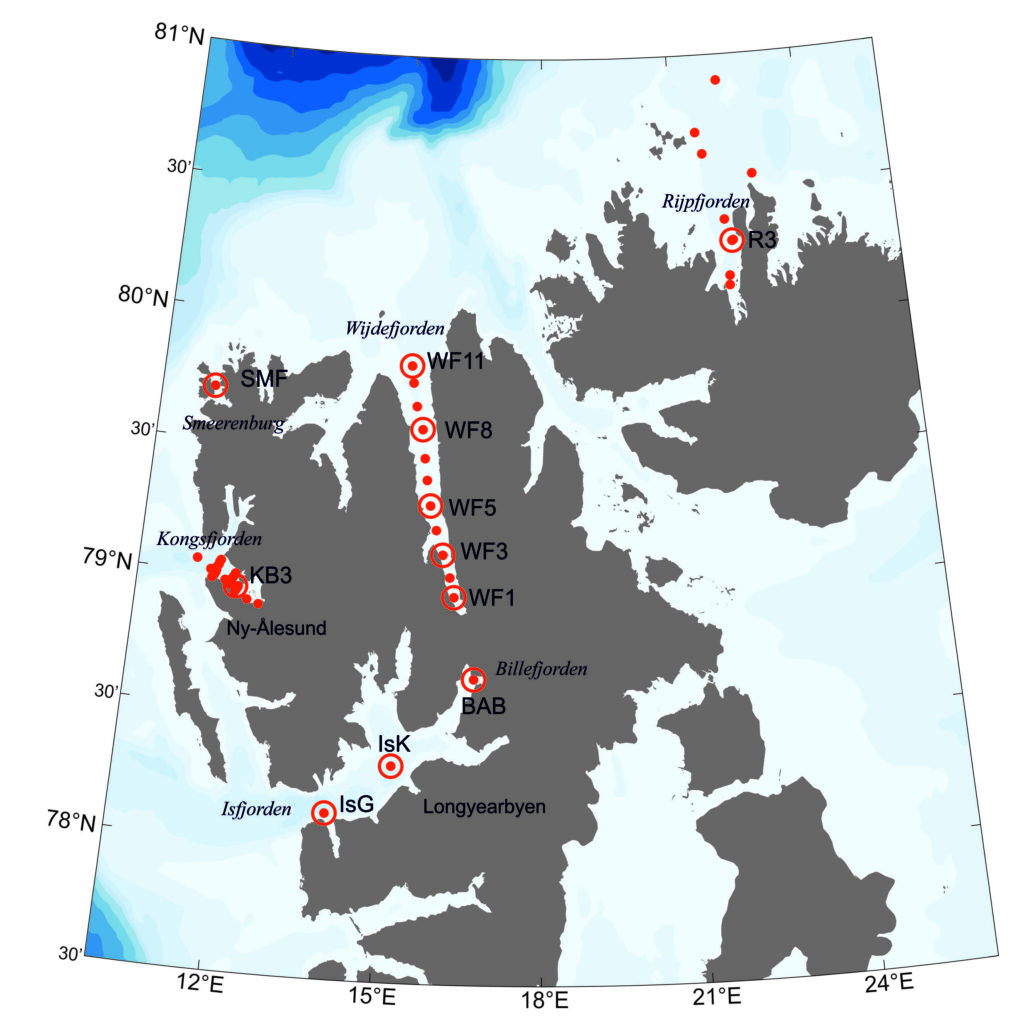
August 2021
New publication!
This one is from our backyard here in Tromsø. Based on monthly sampling between November 2018 and February 2020 we document the seasonal variability in the mesozooplankton community structure in Ramfjord, a sub-Arctic fjord in Northern Norway. By combineing traditional morphological zooplankton identification with DNA metabarcoding of a 313 base pair fragment of the COI gene we provide the most detailed mesozooplankton species list known for this region across an entire year, including both holo- and meroplankton. Both the traditional community analysis and metabarcoding were highly complementary and with a few exceptions showed similar trends in the seasonal changes of the zooplankton community structure.
July 2021
New publication!
In situ observations of pelagic fish and zooplankton with optical instruments usually rely on external light sources. Using hull-mounted echosounders above an acoustic probe or a baited video camera, each equipped with light sources of different colours (white, blue and red), we demonstrate that pelagic organisms in Arctic and temperate regions strongly avoid artificial light, including visible red light (575–700 nm), from instruments lowered in the water column. The density of organisms decreased by up to 99% when exposed to artificial light and the distance of avoidance varied from 23 to 94 m from the light source, depending on colours, irradiance levels and, possibly, species communities.This study was conducted during the Polar Night Cruise in January 2020 and in Newfoundland in spring 2020.
Using acoustic records, Hobbs et al. show that zooplankton in an Arctic fjord position themselves vertically in relation to light. A depth-varying line of constant light intensity (isolume) bascially forms a ceiling above which zooplankton won’t venture.The value of this isolume is set at the lower limit of photobehaviour reponses of Calanus spp. and krill. These results suggest that zooplankton follow a foraging strategy that will keep visual predation risk roughly constant under changing light conditions. Thus they already have a strategy to cope with climate induced changes in the under water light climate, such as those caused by the reduction of sea ice.

Live light data stream!
Wondering what the light is like in Konsgfjorden right now? Check out the the ArcLight site which is now featuring live data streams of the Licor EPAR sensor and the all sky camera!
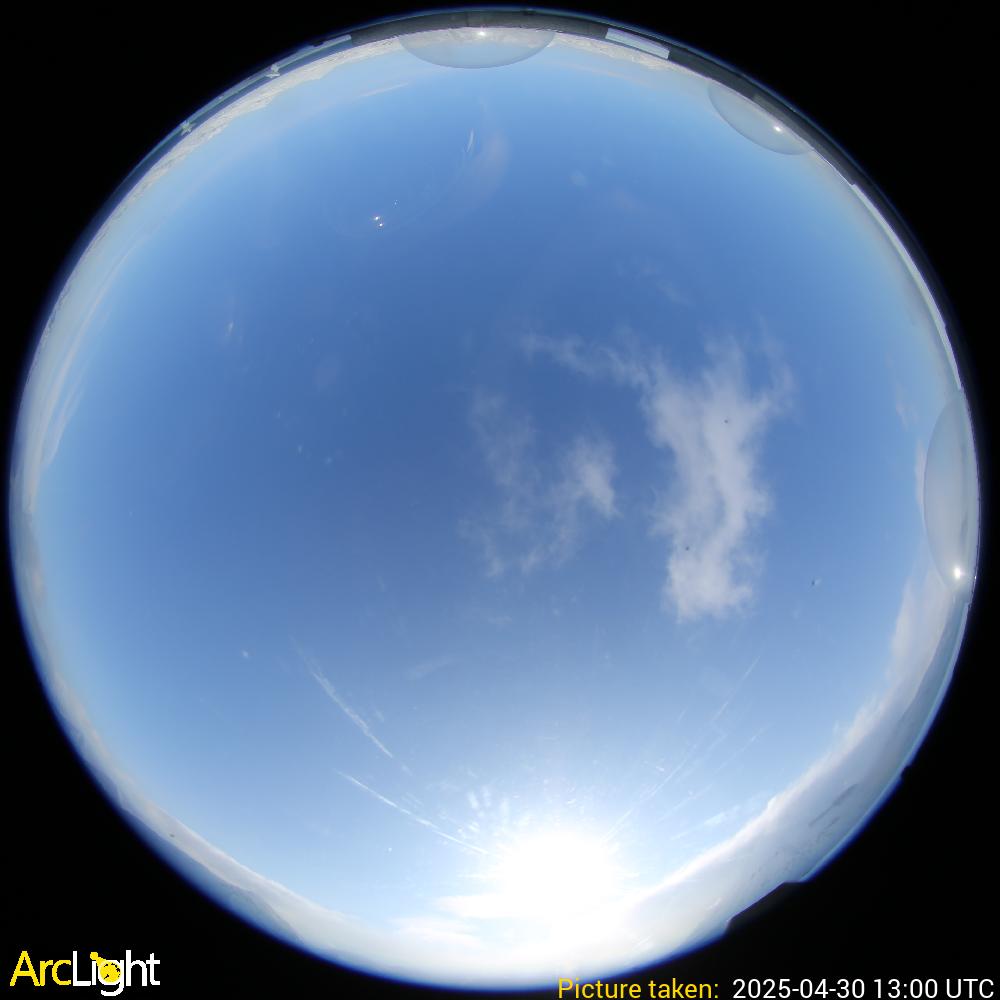
Cruise with Helmer Hanssen September 2020
We were lucky enough to get ship time with UiT’s research vessel Helmer Hanssen this autumn, despite all the social distancing restrictions. With a scientific crew consisting of only 13 people we went from Tromsø to Svalbard to service the ocean observatories (KROP) in Kongsfjorden and Rijpfjorden, maintain the photographic benthos time series in Kongsfjorden, Smeerenburg and Isfjorden, and to conduct some experimental work for CalAct. Everyone was happy to get out of the (home) office, the sea was mainly calm, and best of all: the Rijpfjorden mooring was still there! Ice conditions in 2019 made it impossible to get into Rijpfjorden last year, and the lost of the Kongsfjorden mooring due to corossion last year had made us a bit anxious, but the retrival was successfull and 2 years of data have been recorded!
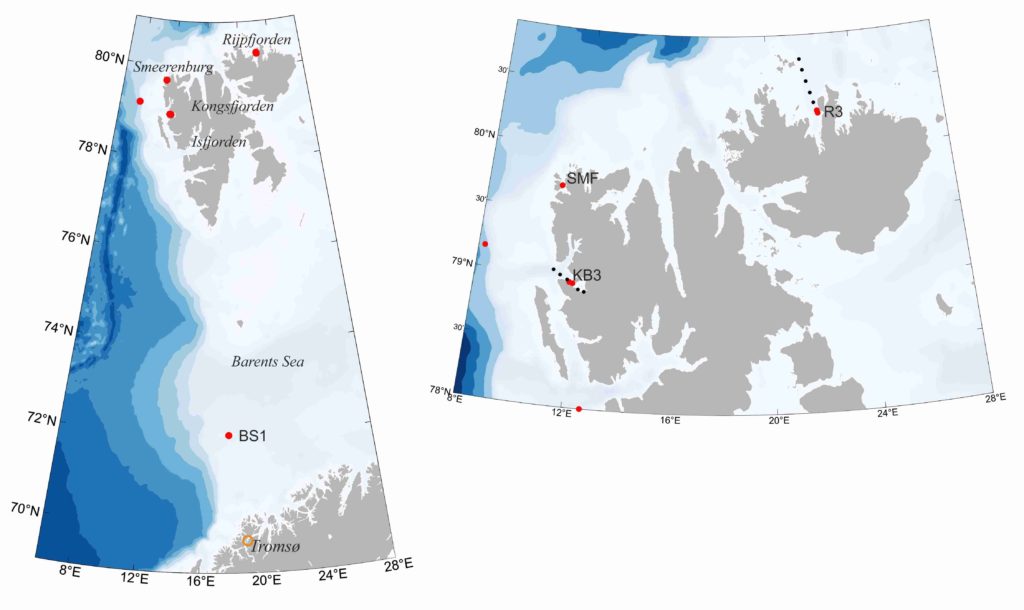
ArcticABC buoy drift 2019-2020 stranded on Iceland
In July 2019, a set of ArcticABC ice tethered observatories (ITOs) got deployed from R/V Kronprins Haakon at about 84°N. The ITOs consisted of an Acoustic Zooplankton Fish Profiler (AZFP), a Sea-Ice Mass Balance Array (SIMBA), an automated weather station (AWS) and the newly designed high-sensitivity Light & Temperature chain (LT-ITO). During the drift, the SIMBA, AWS and LT-ITO were unfortunately lost at some point. Their data is safe though, as it was transmitted by Iridium. The AZFP data was successfully downloaded by a data harvesting plane with the help of a broadband radio, only a short time before the AZFP-ITO was washed ashore on the northern coast of Iceland. The surface buoy has been recovered by Icelandic SAR, but the AZFP is unfortunately lost. We have the position of an object in the water closed to where the unit beached itself, which we will check out once the Corona restrictions are eased.
Check out our work
Click on the picture to check out some of our recent publications
Marine Science in action
Recovering a mooring
In March 2019 we deployed a mooring in Ramfjord, close to Tromsø
In June 2020 we recovered in! The video shows the successfull operation
Deploying a mooring
In March 2019 we deployed a mooring in Ramfjord, close to Tromsø
The mooring consisted of a CTD at 20 m, tempertuare loggers, and a upward looking Acoustic Fish and Zooplankton profiler (AZFP) close to the seafloor
Mare Incognitum is an umbrella platform to showcase ongoing projects of researchers at UiT The Arctic University of Norway with other institutes and universities in northern Norway and across the globe. Mare incognitum provides a platform to post news, links, publications and to present team members. The site is maintain by the research group of Prof. Jørgen Berge at UiT, Tromsø, Norway.
COntact
- site manager:
- daniel.vogedes@uit.no

